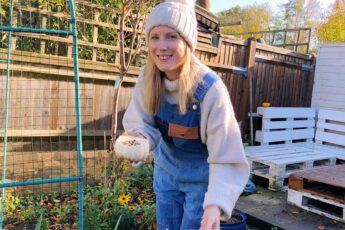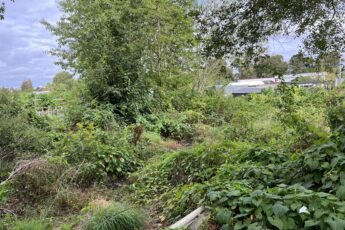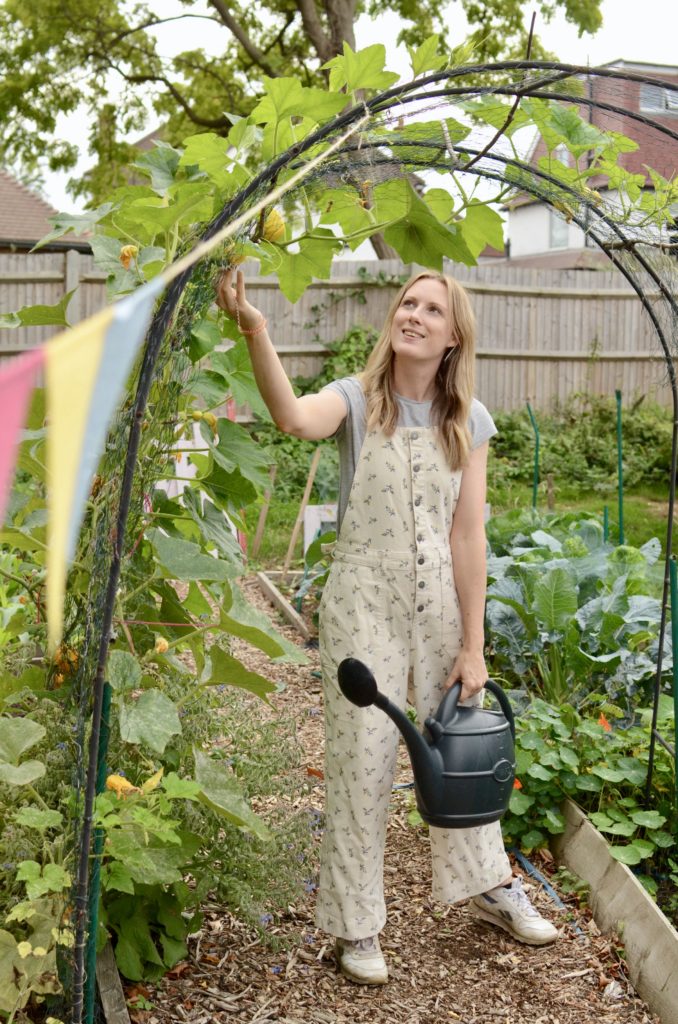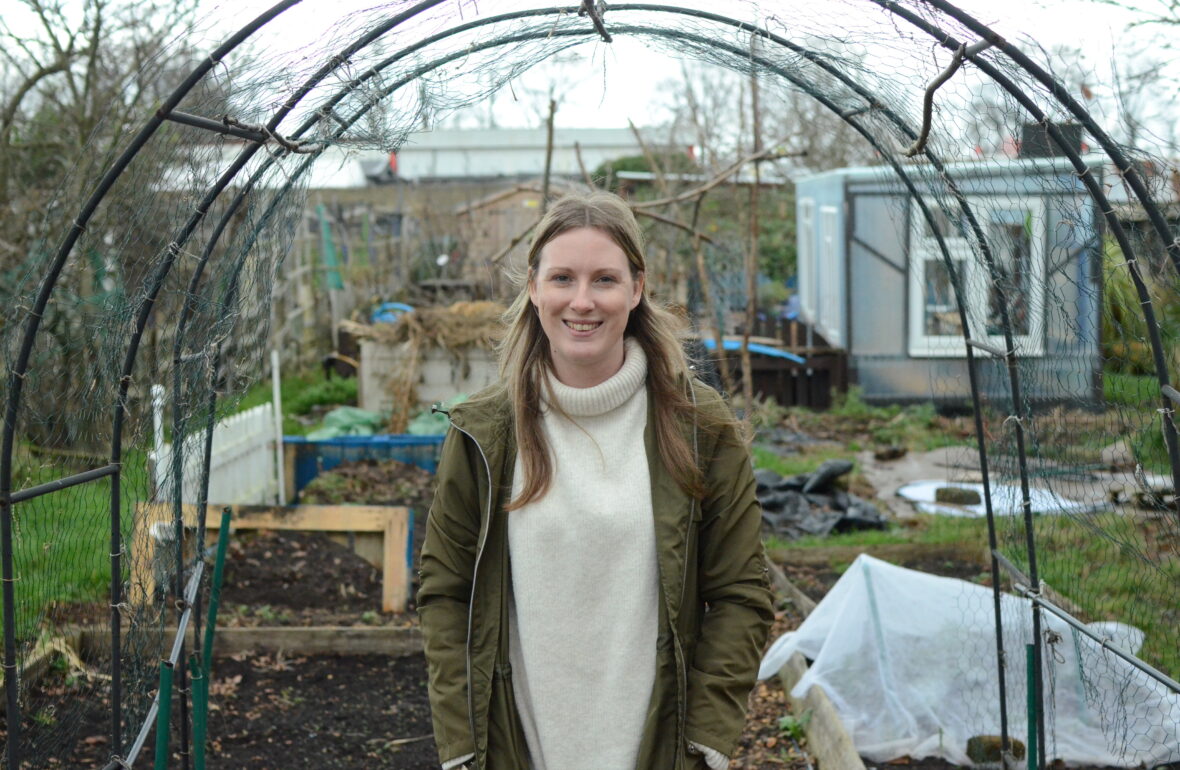
With the colder weather well on its way, it’s time to prepare the allotment for winter. It’s so easy to lose control of the plot at this time of year. There are many things you can do to prepare the allotment for winter, making it easier to get on with things once the spring comes around. I love this time of year, not just because Christmas is on its way, but because the garden goes to sleep and it gives me a chance to reflect and plan.
I used to hate having to prepare the allotment for winter. It felt like the end of something, a time to pull up all your hard work and toss it into the compost heap. Now, I see it as a new beginning. A fresh start. There aren’t many things in life that give you the opportunity to start afresh, but gardening and allotment plots are one of them. It’s a privilege to be able to wipe the slate clean and start over.
No matter how many mistakes you might have made with your crops this year,
gardens don’t hold a grudge.
So let’s choose to see the coming winter as a positive thing and instead of viewing it as the end of the growing season, let’s instead view it as a way to renew and regrow. To push our failures aside and begin again. To plan and change things up.
PREPARE THE ALLOTMENT FOR WINTER
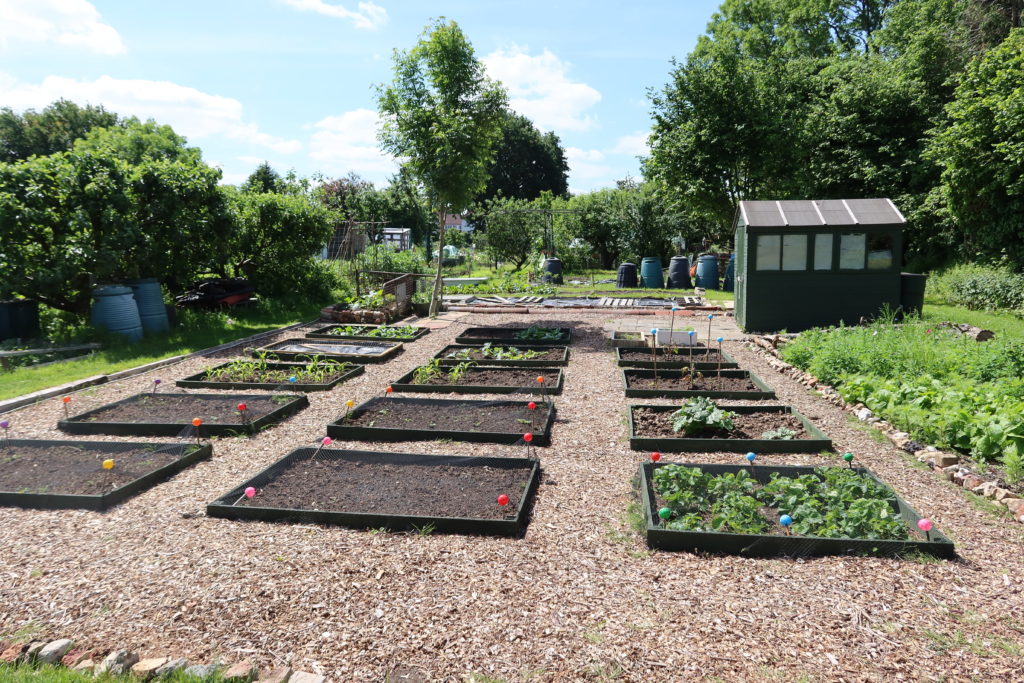
- IT’S TIME TO SORT OUT THAT MESS!
Yes, it’s time to finally collect up all those bamboo canes you’ve left around the place and stack them neatly in the shed. Pick up rubbish, collect the pots, throw away those compost bags. Preparing for the winter means tidying up.
Now that most of the crops are dying back, you might finally be able to find those lost gardening gloves or that shovel you swore you bought down in June! A tidy allotment plot is not only far more aesthetically pleasing, it’s also more practical. It’s easy to find yourself collecting more and more ‘stuff’ at an allotment plot, without even realising it. Maybe you just had to have those free pallets your garden centre were throwing out? Well, now it’s time to find a home for them and if you can’t… out they go!
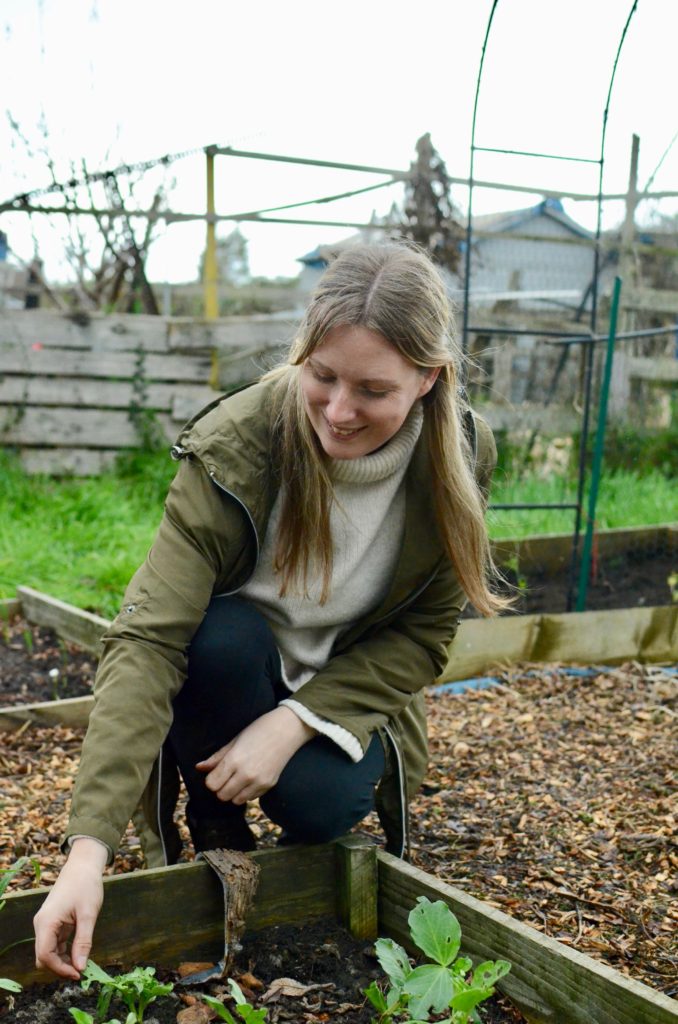
2. COMPOST OLD CROPS
Now that most of the summer and early autumn crops have finished, there will be a lot to compost. So sort out your heap and start getting rid of those dying crops.
Of course, like everything to do with gardening, nothing is totally straight forward. So do consider the following:
a. could you leave some of your crops to die back gracefully so that insects have something to nest in over the colder months? Anything hollow (such as those dead dahlia stems) are so vital to insects. Nature has a way of making use out of everything, just like the wombles.
b. No room for a compost bin? Try the chop and drop! Simple chop up your old crops and then let them compost on your beds. Cover with fresh mulch for the spring and let it continue to feed your soil.
When disposing of old crops, try got leave the roots in the ground as they will continue to feed your soil as they naturally rot down.
As is often the case, nature seems to know best and can often handle it’s own problems perfectly fine.
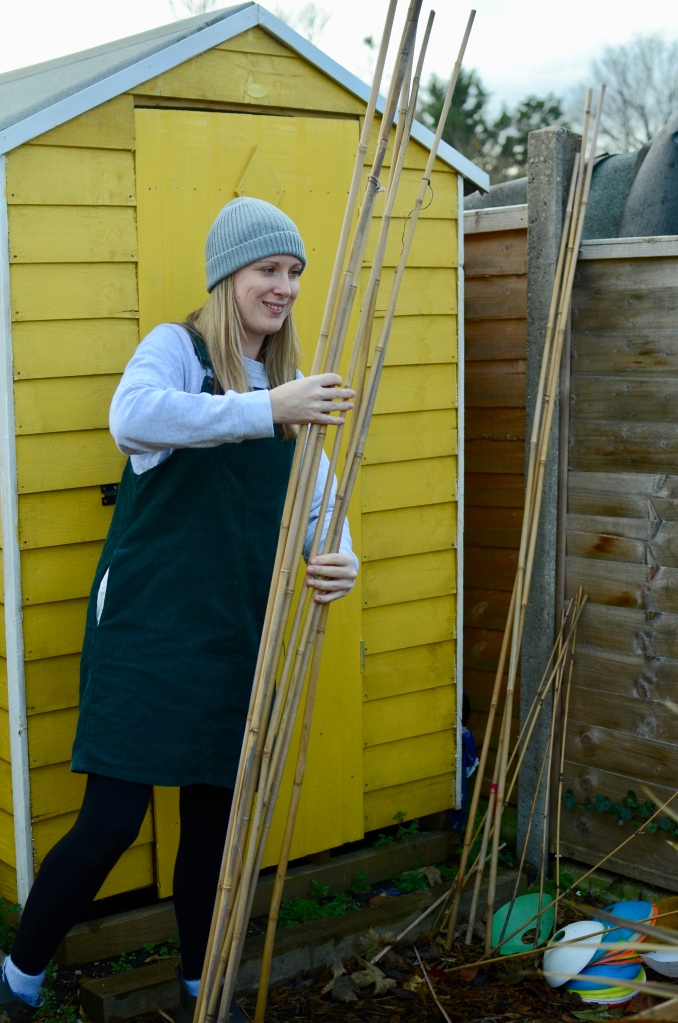
3. SORT OUT TOOLS!
To prepare the allotment for winter, you need to prepare your tools for spring! We often take our tools for granted and put them through the mill over the spring and summer time! Be honest, how many times have you left them out in the rain after a hard days graft?! I know I have a fair few times.
So it’s a good idea to start looking at tools and deciding which ones should stay and which have been damaged beyond repair. Or fixing them up if possible. One of the things I like to do, is see if any of the tools I’ve purchased of been given have actually been used. If not, it’s time to give them away or donate to your local charity shop.
4. MULCH BEDS
If there are raised beds you are not planning on using over the winter months, then to prepare the allotment for winter it’s a good idea to mulch them over. Lots of things can be used as mulch. Basically, anything organic.
Woodchip, compost, leaf mould, manure or even cardboard. Anything that can be spread out across your bed to revitalise it and give it a good feed over the winter.
TIP: Check your local dump. Mine has a garden waste section and often give out free compost. You just have to bring your own bags and a shovel!

5. LOOK AFTER THE WILDLIFE
Yes, the critters need some help at this time of year. Think about leaving out some water for thirsty birds and mammals. Bird feeders, hedgehog houses, collections of small rocks and sticks will all provide the local wildlife with some much needed food and shelter.
My son absolutely loves looking after the wildlife at this time of year. I think, because their food sources are a little scarce, you are actually more likely to see them using what you put out for them!
We made a pretty bird house last year and dug out a small wildlife pond using an old washing up bowl. Make it fun, teach your kids about the importance of protecting our wildlife and help out all the critters at the same time. Everybody wins!
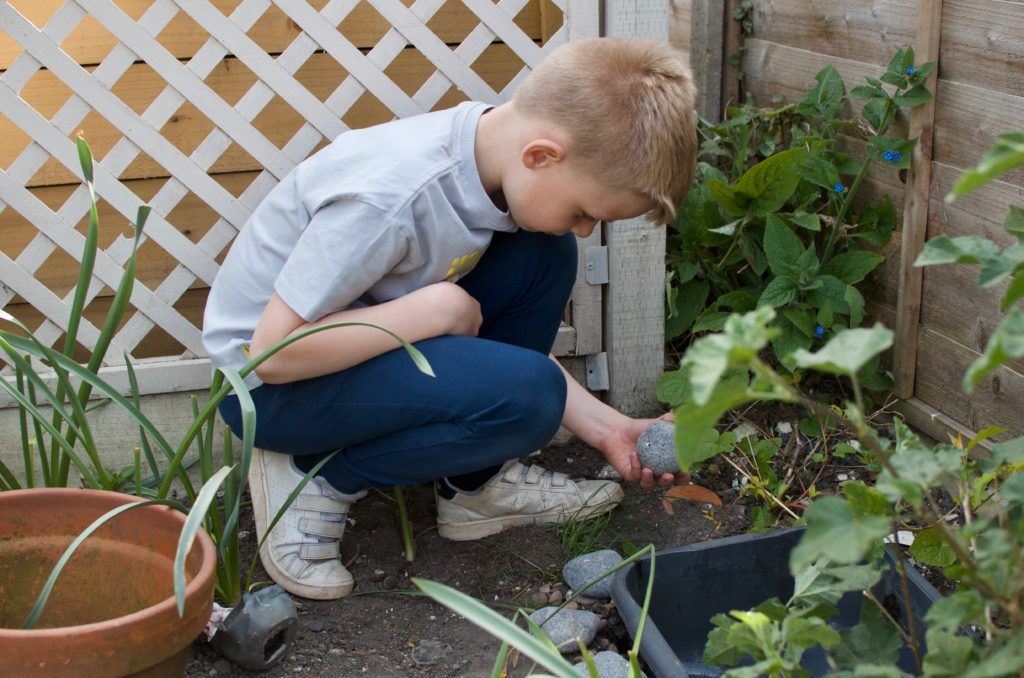
So with these jobs, it should be easy to prepare the allotment for winter. I hope this has helped. Feel free to leave any additional jobs in the comments and we can build on this list together!
Happy gardening.


